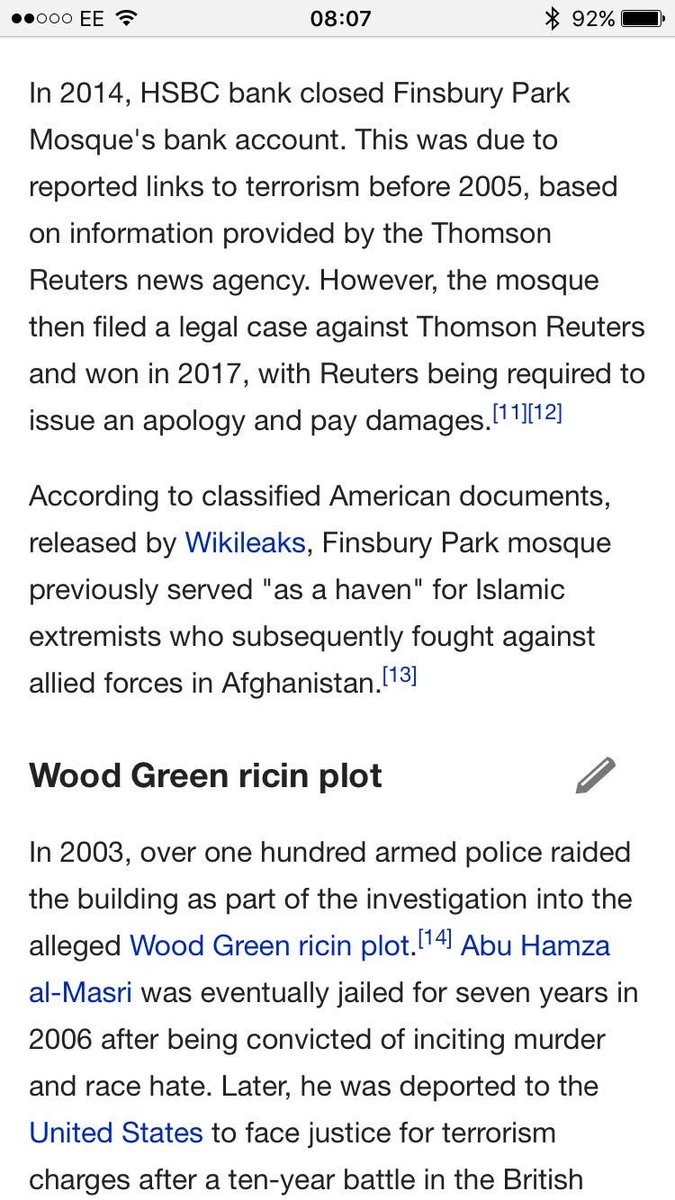No wonder the Obama’s chose not to move back….seems that community organizing resulted in a financial collapse…Rahm? You have a call holding on line 3.
Illinois careens into financial meltdown – and not even the lottery is safe
Illinois is grappling with a full-fledged financial crisis and not even the lottery is safe – with Republican Gov. Bruce Rauner warning the state is entering “banana republic” territory.
Facing billions in unpaid bills and pension obligations, the state is hitting a cash crunch that is rare even by Illinois standards.
A top financial official just warned 100 percent of the state’s monthly revenue will be eaten up by court-ordered payments. Rauner is calling a special session of the Democrat-led General Assembly in a bid to pass what he hopes will be the first full budget package in almost three years.
And Illinois will – literally – lose the lottery if the budget fails.
The state lotto requires a payment from the legislature each year. The current appropriation expires June 30, meaning no authority to pay prizes. In anticipation of a budget deadlock, the state already is planning to halt Powerball and Mega Millions sales.
“It is disappointing that the legislature’s inability to pass a budget has led to this development and will result in Illinois lottery players being denied the opportunity to play these popular games,” Illinois Lottery Acting Director Greg Smith told Fox News.
“We’re like a banana republic,” Rauner said earlier this month, after the General Assembly failed, yet again, to pass a budget package by the regular session deadline. “We can’t manage our money.”
The governor has called for a special session starting Wednesday. The state so far is operating on a series of stopgap spending packages.
But the problems are years in the making, caused in large in part by the state’s poorly funded pension system— which led Moody’s Investors Services to downgrade the credit rating to the lowest of any state. The state currently has $130 billion in unfunded pension obligations, and a backlog of unpaid bills worth $13 billion.
Reports have suggested the state could be the first to attempt to declare Chapter 9 bankruptcy — but under the law, that’s impossible unless Congress gets involved.
“Nobody here in Illinois is considering bankruptcy—first of all, it’s not allowed,” said Steve Brown, press secretary for Illinois House Speaker Michael Madigan. “Second of all, it would damage the reputation of the state and it’s just not necessary.”
U.S. Sens. Dick Durbin and Tammy Duckworth, both Democrats from Illinois, declined to respond to Fox News’ request for comment on whether they would consider getting involved in introducing a measure allowing state bankruptcy.
“Illinois is the fiscal model of what not to do,” Rep. Peter Roskam, R-Ill., told Fox News, while not commenting on the bankruptcy question. “This avoidance in behavior toward dealing with our challenges is what leads to the devastating impacts we are seeing today.”
Just last week, the Illinois comptroller, who is responsible for paying the state’s bills, warned the office would be paying out 100 percent of Illinois’ monthly revenue, leaving negative funds for “discretionary spending. ”
But Rauner claims the Republicans have a new plan that could remedy the state’s crippling financial situation.
“Republicans in the General Assembly have laid out a compromise budget that I can sign,” Rauner said, calling it a “true compromise.”
The plan incorporates reforms like property tax relief, term limits, and spending caps, which have caused an “ongoing confrontation” between Madigan and the governor, one Republican leader told Fox News, adding that the two have been in a “stalemate” since Rauner took office two years ago.
“Gov. Rauner inherited this financial mess when he took office, and his proposals have been met by resentment from the speaker,” Deputy House Republican Leader Dan Brady said.
Brady added, “we are asking that the speaker allow for a date and a vote before June 30.”
But Brown told Fox News the governor isn’t making enough concessions.
“He’s not walking many back—the financial issues are serious enough, and he’s forcing things that have nothing to do with state government,” Brown said. “The biggest problem here is that the governor keeps associating a lot of things that do not have anything to do with the budget.”
Rauner has pushed for structural reforms, government consolidation and pension reform—some components that were able to pass on the Senate side.
“The people and businesses of Illinois deserve stability, not this ongoing chaos,” Senate President John J. Cullerton, a Democrat, told Fox News. The Illinois State Senate approved a balanced budget before the initial May 31 deadline that “matches” the governor’s spending proposal.
If the General Assembly fails to pass a budget package, they do have an option to pass another stopgap package, which lawmakers say is an option, but “not a good one.”
“We have a very real deadline looming,” Senate Republican Leader Christine Radogno told Fox News. “The alternative to not finding a compromise will be devastating to Illinois.”
The Associated Press contributed to this report.

 NYTimes
NYTimes

 Rotherham Town Hall, Wikipedia
Rotherham Town Hall, Wikipedia